HoYoverse's newest game, Honkai: Star Rail, intends to offer a distinctive role-playing encounter to players around the world, using characters from the previously published Honkai Impact gacha games.
In this article, Gurugamer is going to showcase a complete analysis of the similarities and differences between these two titles.
1. World Design
Both games offer a fully explorable game environment. However, Genshin Impact provides a completely open world that players can explore freely. On the other hand, Honkai: Star Rail differs from Genshin by being slightly more restrictive. Although players can freely explore hubs and areas of the spaceship, the extent of exploration is comparatively limited.
2. Combat
The combat mechanics seem to be the most significant difference between the two games.
While Genshin Impact is primarily an action-adventure game, Honkai: Star Rail entirely relies on a turn-based system. During battles, players must make tactical decisions based on their character's abilities and the enemy's moves before taking any action.
Both games include regular attacks, special skills, and an ultimate move that charges up over time. Similar to Genshin, Honkai: Star Rail also incorporates an elemental alignment system (such as Fire, Ice, Quantum, and Imaginary from Honkai Impact 3rd), but with a twist - no element has an advantage over the others, and enemies have multiple elemental weaknesses to consider during a battle. There is no bonus damage for exploiting an enemy's weakness.
Moreover, battles in Honkai: Star Rail do not initiate until the player manually approaches an enemy, whereas in Genshin Impact, being within the range of an enemy starts the fight automatically.
3. Item system
One significant similarity between the two games is the Resin/Artifact system, referred to as Energy/Relic in Honkai: Star Rail. In both games, players use a specific portion of their Energy to collect Relics/Artifacts from domain-like areas of the game, known as Cocoons in Star Rail.
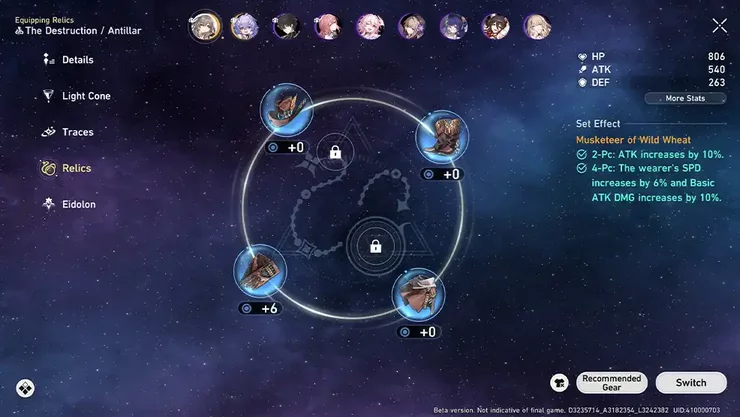
However, there is a slight difference between the two systems. In Star Rail, Relics have six stat slots (Head, Hand, Body, Feet, Neck, and Article), one more than Genshin's Artifacts.
Players can replenish their Energy using in-game materials to farm for more Relics, and it has a maximum limit. It is crucial to note that the Relic drops and their generated stats are randomly generated in Honkai: Star Rail.
4. Level and Ascension
In Honkai: Star Rail, the characters have a comparable ascension system to Genshin Impact.
Essentially, players have to grind through various Cocoons of Distortion to obtain character ascension materials and EXP to level up their characters further. The ascension limit will also depend on the Trailblazer level, so it is essential to level up as quickly as possible to maximize your character's potential.
5. Weapons and Character Rank Ups
In Honkai: Star Rail, Constellations and Weapons are presented as Eidolons and Light Cones, respectively.
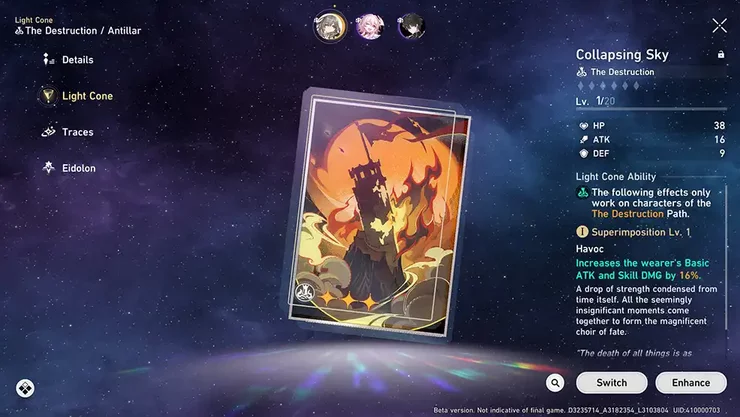
Similar to Genshin Impact, Light Cones can be refined up to R5 by fusing several duplicates of the same item. The game provides both free-to-play and gacha-only Light Cones.
Eidolons, like Genshin's Constellations, have a maximum of six slots and E3 and E5 skills, which can strengthen the character skills.
6. Skills and Passives
In Honkai, Talents and Techniques refer to the character's Passive and Skill abilities, similarly to Genshin Impact.
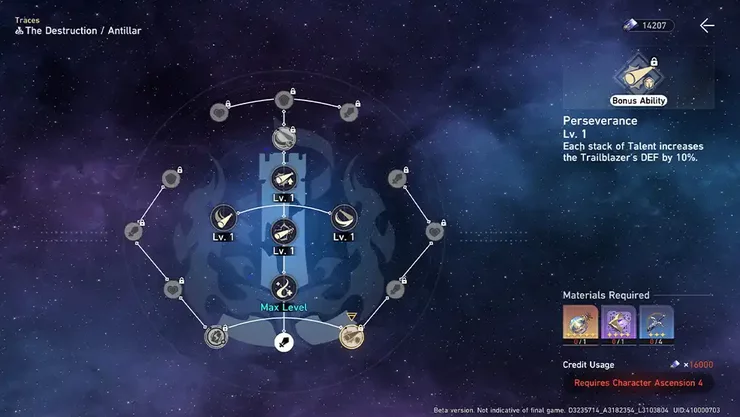
Every character has distinctive Talents and techniques that produce various effects in the game.
7. Expedition
Honkai: Star Rail has a feature called the Assign system, similar to Genshin Impact's Expedition.
This system is used to passively collect various items such as EXP materials and credits while the player is away from the game.
8. Gacha system
The gacha system in both games is almost identical, with only differences in the terminology used. Honkai: Star Rail uses "Warp" instead of "Summon," which costs 160 gems per summon.
Similar to Genshin Impact, the summons in Honkai: Star Rail are divided into Limited and Standard banners, with the former being equivalent to Genshin's Event banners. Players are advised to summon on the Event banners to obtain the latest units at a boosted rate.
The gacha mechanics are also expected to be the same, with a 90-pull pity for a 5-star character and a 10-pull pity for a 4-star. Light Cones of 5-star rarity drop within 80 pulls of the Light Cone banner, and there are expected to be rotational changes to the banner with each update.
Moreover, players can earn Undying Starlight and Undying Embers from performing summons, which can be used to purchase more in-game items.
9. In-app purchases
The in-game purchases for both games are the same. Honkai: Star Rail also has a monthly card called Express Supply Pass that provides daily gems and is considered the most cost-effective item in the game. A Battle Pass has also been confirmed for Star Rail, featuring both free-to-play and paid tiers that gradually unlock through in-game activities. Players can purchase gems or Oneiric Shards using real money.
10. End-game content
Lastly, both games have an endgame mode presently - named the Forgotten Hall in Honkai: Star Rail. Similar to Genshin, Honkai also has escalating challenges where players face waves of enemies to earn summoning currency. It is expected that the rewards and rotations of this mode will reset periodically. However, based on Honkai Impact 3rd's experience, it is possible that Star Rail will include more endgame content in the future.
>>> Read more: How To Reroll In Honkai Star Rail
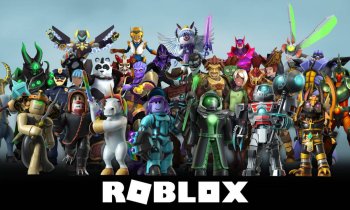

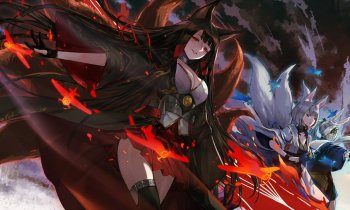
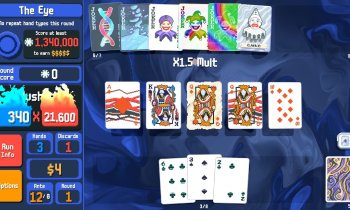






Comments